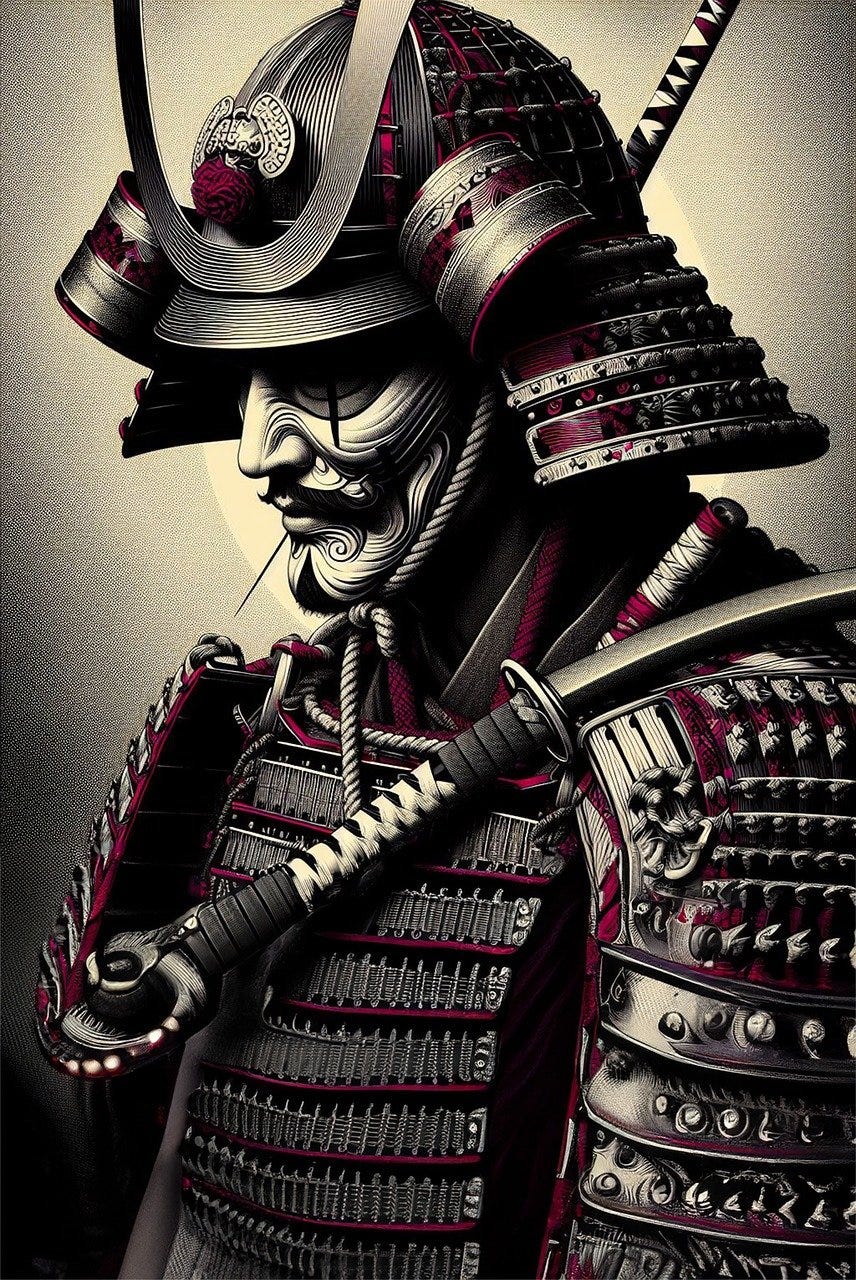“Hardship in our present life is an atonement for sins committed in our previous existence, or the education necessary to prepare for a higher place in the life to come.”
― John Allyn, 47 Ronin
Iaijutsu is a form of combative sword drawing art that may be used to wage a premeditated attack against an unsuspecting enemy combatant.
The creation of Iaijutsu comes from the ancient Japanese practiced art of drawing the katana sword which is one of the disciplines involved in the education of the classical warrior known as the ancient samurai. (Source: Wikipedia)
After the Taika reforms occurred in Japan in Anno Domini 646, there was a significant level of land redistribution going on along with heavy taxes that were meant to support a Chinese-style empire at that time. This event forced many small farmers to sell their land to work as tenant farmers. In time there were a few landholders that managed to amass tremendous power and wealth creating what we refer to today as a feudal system.
Now in order to defend their newly amassed land and wealth and to maintain their hold on power these Japanese feudal lords hired the first samurai warriors. These warriors were the paid and loyal protectors of their lords and they were very good at what they were paid to do.
With this relationship between the lords and the samurai there was a link that bound the two in the form of the samurai code. You see, the samurai code placed a huge emphasis on loyalty so much so that this form of loyalty was even emphasized more than family loyalty. (Source: ThoughtCo)
Now that last part regarding the emphasis placed on loyalty where it even surpassed the loyalty of family members is something that many of us would have a difficult time understanding in terms of that culture at that time. Nonetheless, this was the zeitgeist of that time so in order to understand the history you have to accept the reality of it being the case during that time in history within that civilization.
I’ve always said that the quickest way that you can tell whether or not someone truly understands history is whether or not they can understand the zeitgeist which means the accepted beliefs and norms of that time in history in which they are examining.
In short, if someone is judging history through the lens of the zeitgeist of today then they don’t understand history. This is because the zeitgeist that existed in the past is simply going to differ in a big way in many cases compared to the accepted beliefs of our current times.
Take a moment and let that sink in because it’s imperative that you do so in order to understand any reference made about history, especially if that reference is coming from someone who claims to be an expert in the field. As you may have already figured out this is a quick and easy litmus test for you to quickly discern whether or not someone is the history expert that they claim to be.
The Ronin
In the 12th century during the Muromachi (1138-1573) and Tokugawa (1603-1867) time periods many masterless samurai warriors known as ronin would prove to be very disruptive and rebellious during this time.
During the tumultuous time period before the founding of the Tokugawa shogunate, the numbers of these ronin increased rapidly and they would be a central driving force of disorder throughout the first half of the 17th century.
The reason the term ronin had come about was because of the untimely death of a samurai’s lord, losses in battle, or something that occurred due to their own mistakes which resulted in them being dispossessed of their fief and their noble sponsorship positions within society. In such cases this is how many of these warriors would end up being loners.
As a result of this in the mid 19th century many impoverished samurai became attracted to the movement to expel foreigners from the country. They wanted to do this so that they could restore the imperial family back to their rightful place as the actual rulers of Japan.
Because of this things would prove to get very interesting as this movement started to self-organize and it built momentum with large numbers of samurai that would end up leaving their lords in order to become ronin to further the cause.
These ronin would end up adding fuel to the revolutionary mood of the time in the years prior to the Meiji Restoration which would result in them assassinating moderate officials, pro-Western scholars, and foreigners that were residing in Japan during this time. (Source: Britannica)
So why am I bothering to highlight this revolt and the evolutionary journey of the samurai to become these lone masterless warriors known as ronin that would end up being the catalyst for their revolution?
Listen to this episode with a 7-day free trial
Subscribe to The Official Substack Of Brandon Richey to listen to this post and get 7 days of free access to the full post archives.













